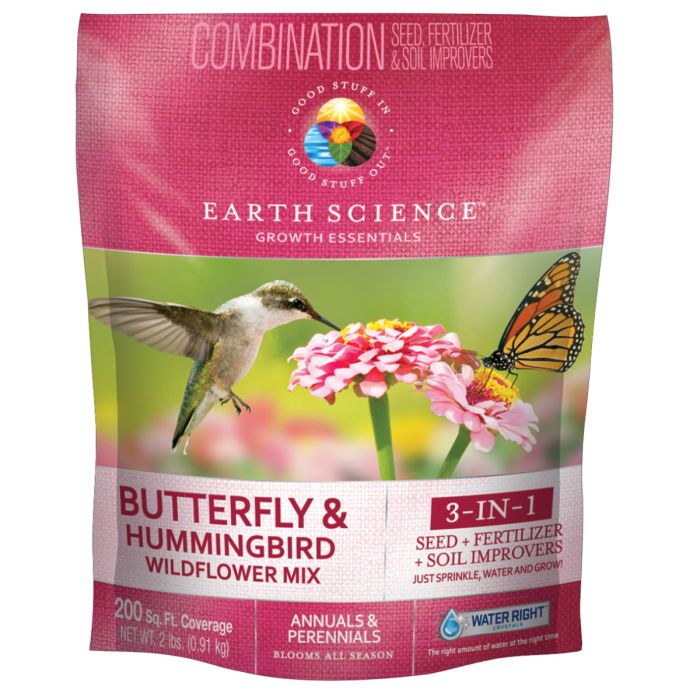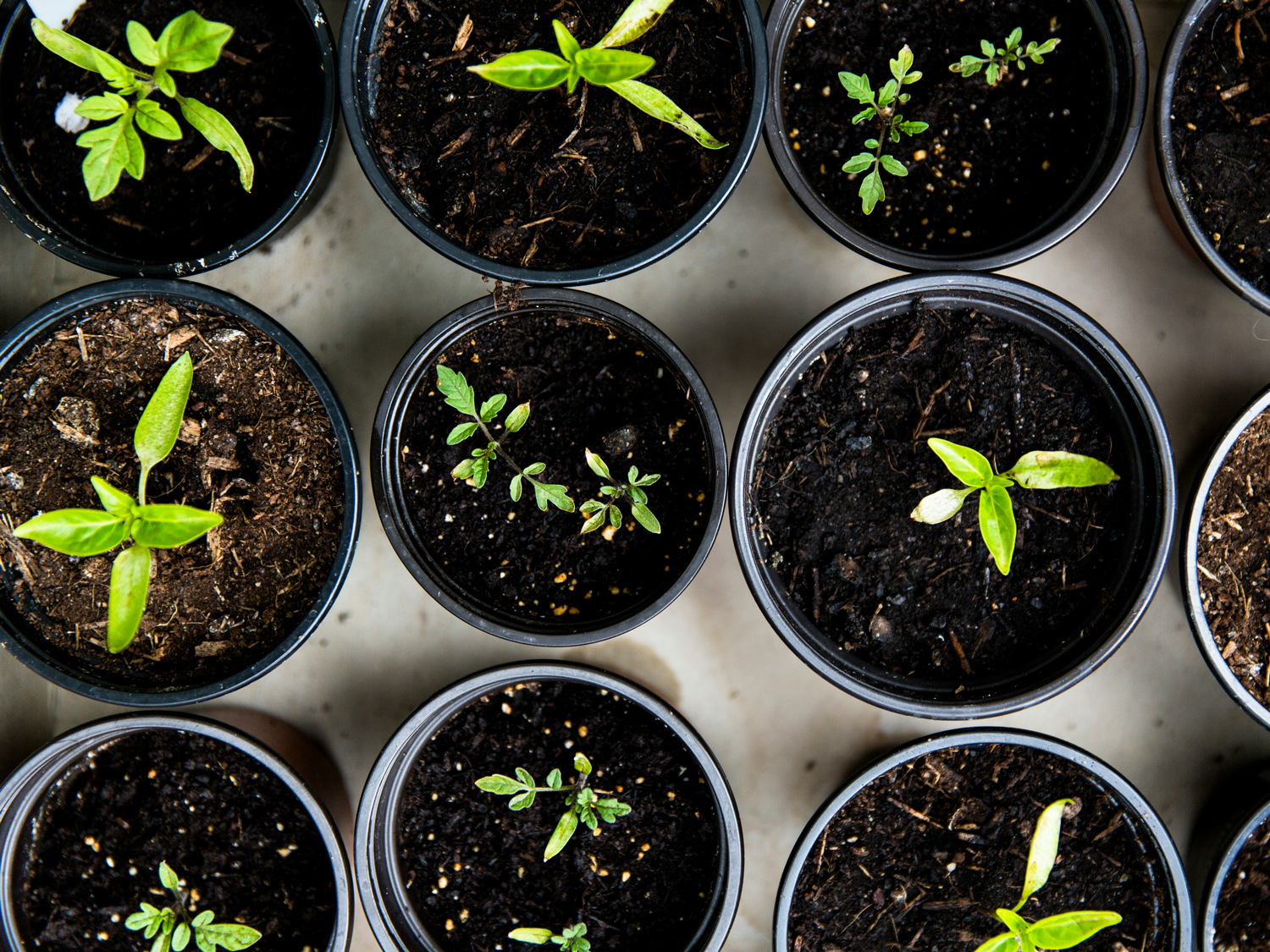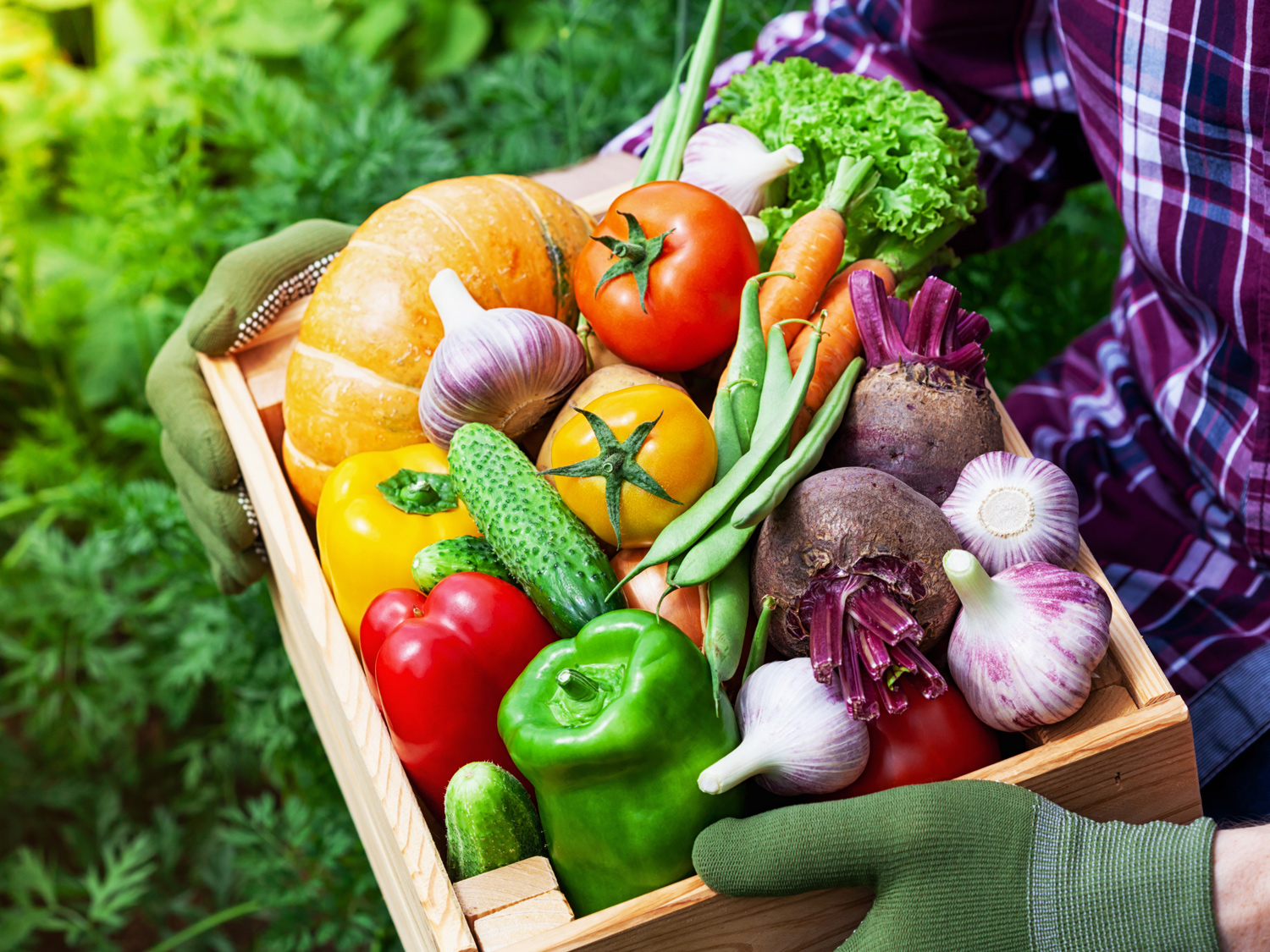Earth Science, Butterfly & Hummingbird Wildflower Mix, 200 sqft

Description
Combination seed + fertlizer wildflower mix covers 200 sq ft. Easily grow wildflowers in any yard or garden.
Seed Starting Successfully
Start your garden from scratch with Gertens' wide variety of seed packets! Whether you're a seasoned gardener or just starting out, we have seeds for every skill level and garden size. From colorful flowers to delicious vegetables, our seeds are carefully selected for their quality and performance.
Details
Attract some winged friends to your garden. Earth Science Butterfly and Hummingbird Mix is a carefully selected blend of wildflower species known to attract butterflies and hummingbirds.
This combination product contains wildflower seeds, mulch and fertilizer, giving you everything you need to start your wildflower garden. The all=-natural mulch contains dried dairy cow manure and other soil conditioners, creating the ideal soil conditions for growth. Just prepare the soil and apply Earth Science Butterfly and Hummingbird Mix. Flower mix includes Zinnia, Cosmos, Shasta Daisy, Sweet William, and Black-Eyed Susan.
More Information
| Brand | Earth Science |
|---|---|
| Deer Resistant | No |


